Last year, there was an explosion of new film releases from a rebirthed ORWO; while some are variants of their popular black & white motion picture stocks, they also showed off two new colour films. There is still a lot of controversy around ORWO, especially in their future and future film manufacturing capacities. This month, I’m covering one of the two colour film stocks ORWO released last year, NC500. According to the ORWO website, NC500 is based on a classic Agfa colour motion picture film stock. The same film stock used to film the 1985 film, Out of Africa. But this is a new film stock, not a new-old-stock found in a dusty warehouse in Bitterfeld-Wolfen. In full disclosure, these rolls were not shot under the best of conditions; the light during late December and early January was dull, overcast, and simply ugly. My plan to shoot a roll under better conditions would not have been until it was too late to get it processed, scanned and posted in enough time for this review. Instead of shooting all three under less-than-ideal conditions, I held back one roll until later in the year and will update the review at that point.
I am well aware of the legal troubles surrounding the current owner of ORWO, Jake Seal. This review is not a reflection of my support of Seal, it is simply a review of a film stock. I fully support and believe Eva Green and her assessment of Seal’s character.
Film Specs
Manufacturer: ORWO
Name: Wolfen NC500
Type: Colour Negative (C-41)
Film Base: Acetate
Film Speed: ASA-400, Latitude: + 2-stops
Formats Available: 35mm
Colour Rendition
The first thing I noticed about NC500 is that the negatives looked different from what I usually expect from a colour-negative film. The base was not a deep orange but a yellow-gold colour that struck me as nearly familiar. I knew that the colours of NC500 would not be ‘normal’ by any stretch, having seen some examples online. But it all depends on how and who scanned the images. I’ve worked with weird coloured film stocks before, so I prepared for a bit of a fight. But more on that later. Despite the dull lighting conditions, I was pleasantly surprised with the images. The colours were desaturated and dull, and most photos had a green bias. I shot as many different colours in the real world as possible to get an accurate read on how the film renders those colours. But all the colours are there with only slight changes in the hue, again leaning towards the green, but yellows, reds, and blues are all present. The colours remind me of cross-processing slide film in ECN-2 chemistry, similar to what you get from AFC’s Euphoric 100. For the third roll I decided to over-expose by a third of a stop, ASA-320, and get the film processed normally. And in the spring-time light you got a bit more ‘normal’ looking colours although the cool tones still came through strongly.



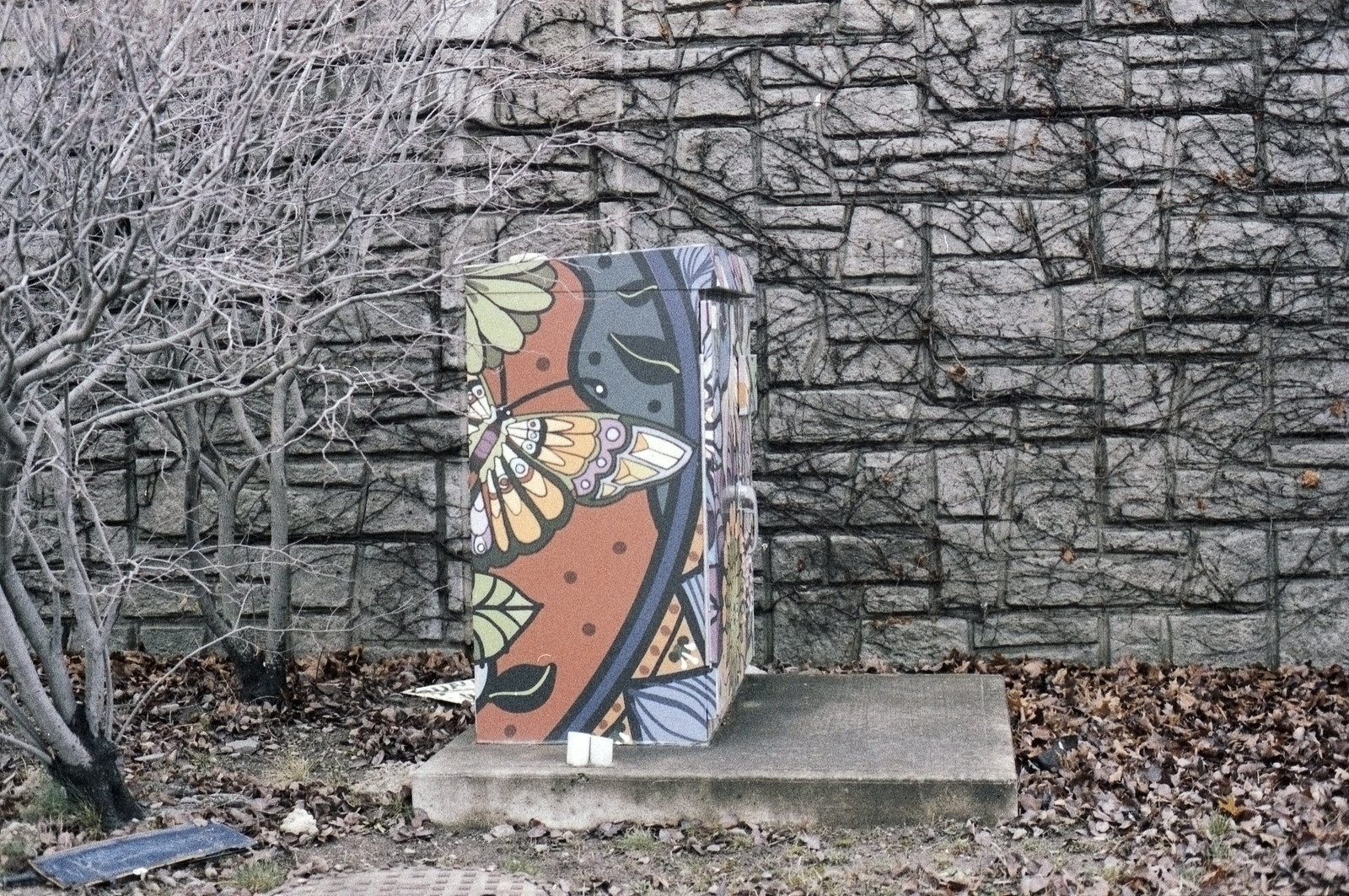
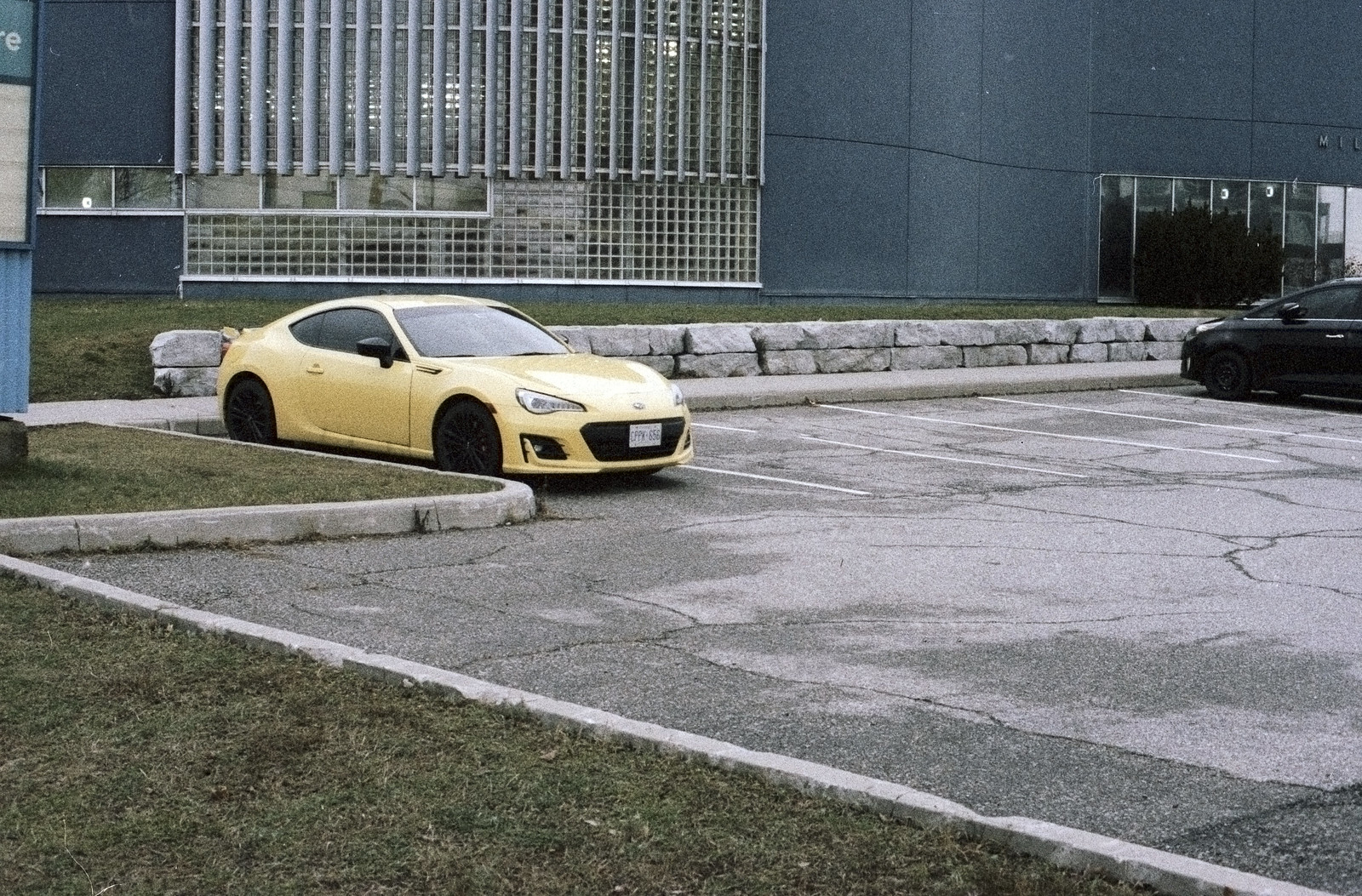
Image Quality
The image quality of this film also surprised me; the images I had seen online could have painted a better picture of the film’s quality: grainy, harsh, soft, and green. But I quickly realised that the image quality of the film was better than I believed. While it is not at the same level as Kodak or Fuji products, it’s partially unusable. It can be inconsistent and certainly doesn’t have a wide latitude, but it is alright. There’s a good contrast with the film, almost a middle ground, but you want to shoot this inconsistent light. As soon as you see too much difference between your shadows and highlights, you’ll suffer poor images. Plenty of visible grain is also expected from a film designed originally for motion pictures, but the grain is pleasing and helps add to the edge’s sharpness. While the film has excellent latitude with the preservation of shadow and highlight detail, you probably have about 2-stops in either direction which is right on point with what I would expect from a cine-film. It also means that the film can handle some over and under exposure during the shooting process, but you will probably need to compensate with push/pull processing with anything beyond a stop difference.

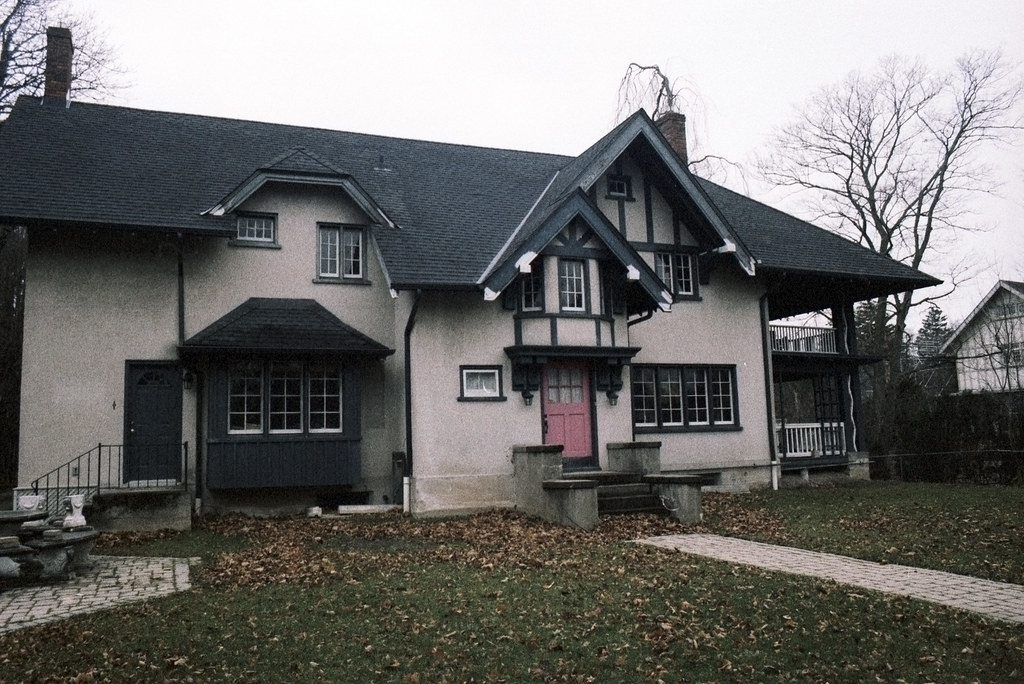


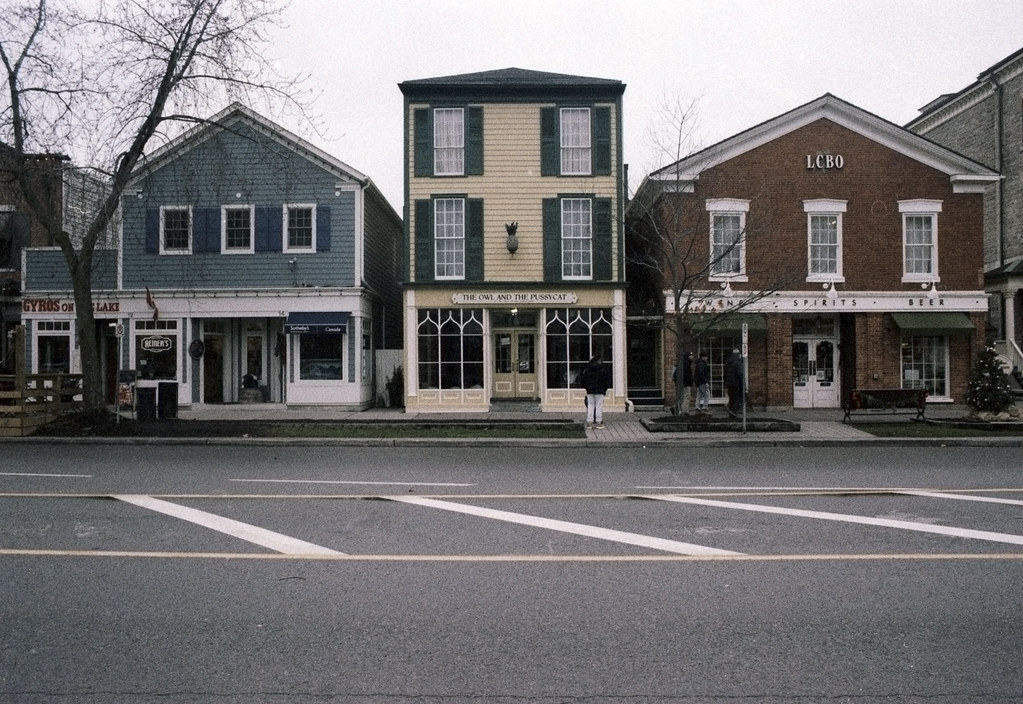
Scanning
I prepared myself to fight this film in the scanning process. Surprisingly, it turned out to be easier than I expected, from previous experiences with film stocks with weird colours. What helped make the scanning process more accessible was the switch to Silverfast as my scanning software; the film scans came out almost 95% ready to export for posting. The negatives themselves lay perfectly flat without any cupping (thanks to the fine folks at Burlington Camera for their excellent lab work). Silverfast didn’t pitch a fit with the film and only required some work inside Silverfast to get the raw scans good enough to start the editing process. Inside Photoshop, I only worked with levels, colour and contrast to get the final results. I also noted that the scanning process only introduced a little colour noise, which was quickly and cleanly removed by the built-in filter.



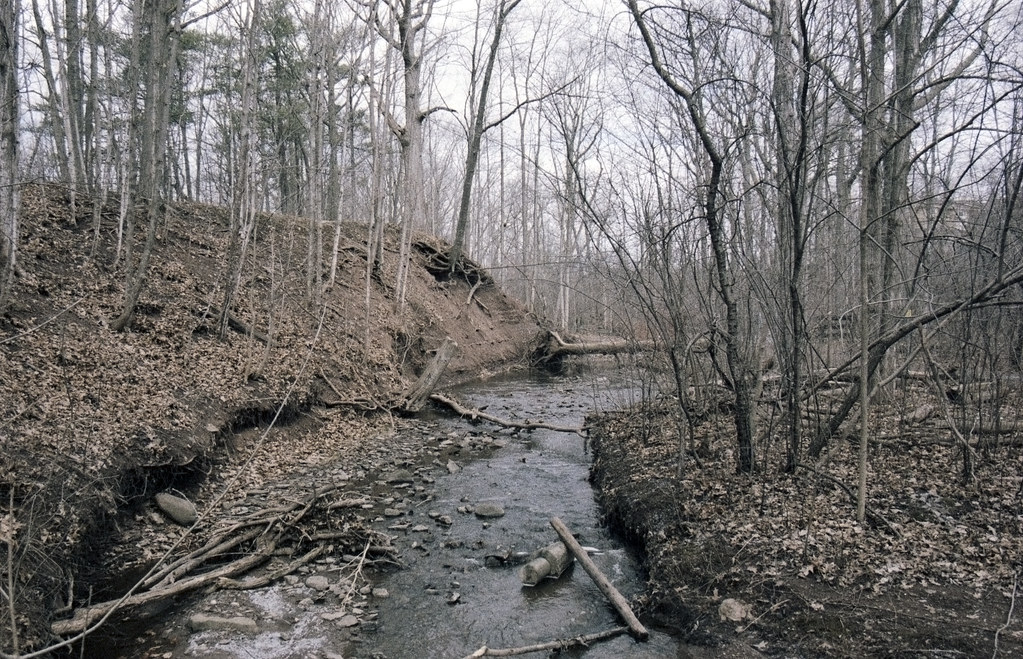
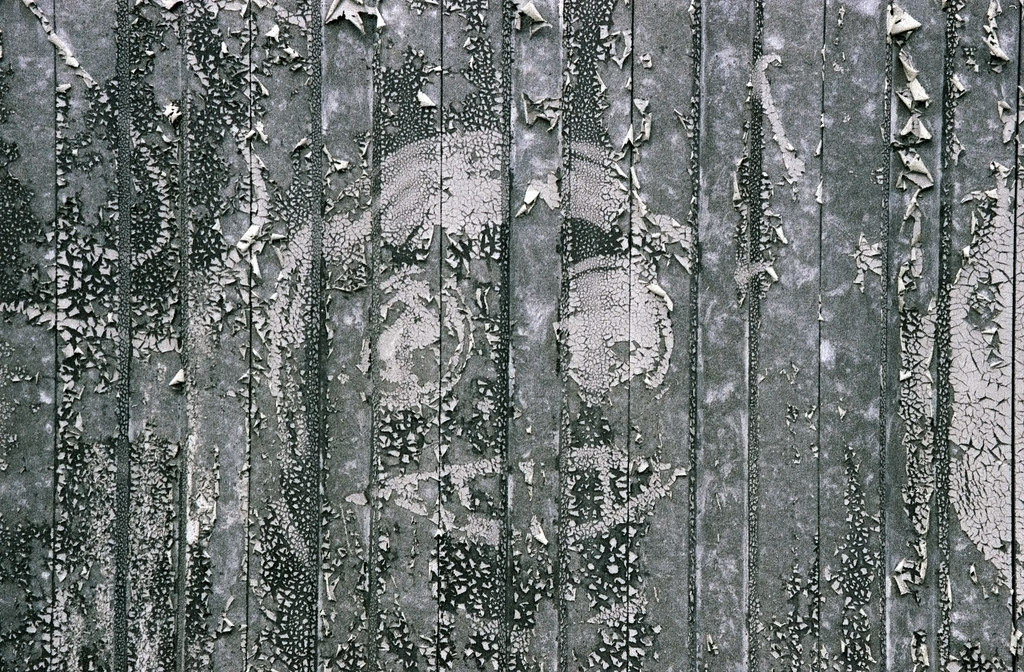
Overall Impression
If there’s one thing I learned when coming into this review, it is to take what I see online with a grain of salt. NC500 is not a bad film, it is a misunderstood film. It likes consistent lighting conditions; it worked far better in the dull weather than I expected. However, I am looking forward to trying it out in sunnier conditions. Now, I will probably get that third roll processed again in C41 chemistry; I might even try it myself at home (I have a kit waiting to be mixed up). But it might work well in an ECN-2 kit despite already looking like cross-processed slide film. There was something oddly familiar about NC500 that took me a while to figure out, but when I browsed back, I realised it looked a lot like Lomography Metropolis. And yes, it makes nature look interesting; NC500 will be more at home in urban environments. NC500 is a film stock that is not for everyone; if you want a consistent film, NC500 is not for you, especially if you’re new to film photography. But if you’re looking for something different in colour and style, then maybe NC500 might be something you’ll want to try a couple of rolls of in the future.
Further Reading
Don’t just take my word on NC500; you can check out the reviews by other awesome camera reviewers!
Casual Photophile – I Shot Wolfen NC500, a New Color Film from ORWO
Analog.Cafe – ORWO Wolfen NC 500 Film Review: A Film for the Summer
Random Camera Blog – One Roll Review: ORWO Wolfen NC500
Philip Reeve – Analogue Adventures: Part 25: ORWO Wolfen NC500
Tahusa – ORWO Wolfen NC500 Colour Negative Film Review
